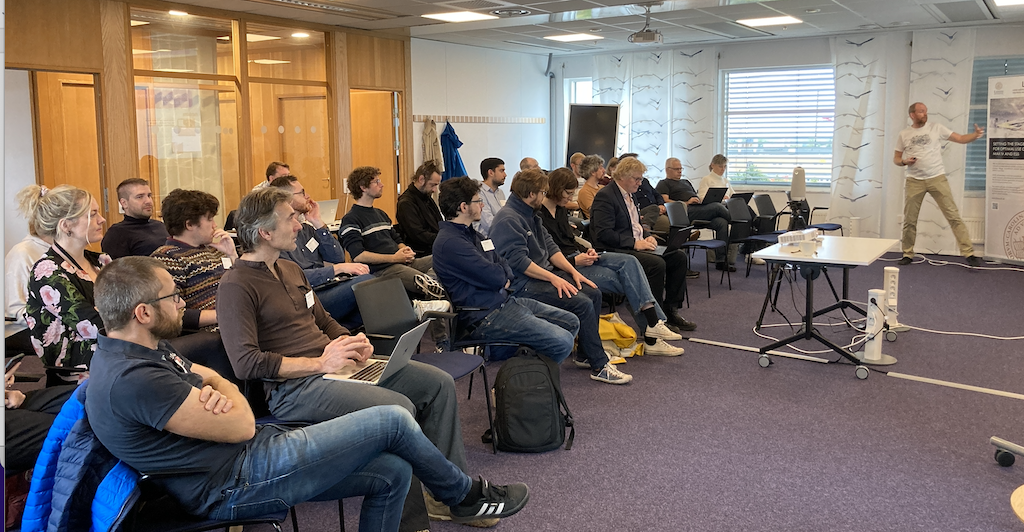In September, LINXS organised its bi-annual Science Day. This time, the focus was on our two legacy themes: Imaging and Dynamics. Over the course of two days, researchers from within the themes presented research, and relevant results coming out from the themes.
Reflections from the theme leaders
– The LINXS Science Day brought together researchers who have been involved with the LINXS Imaging theme since its creation late 2017. The presentations covered planetary geology (including mars meteorites) to in-vivo imaging of hearts and spectroscopic imaging of soils to imaging of barley kernels. They gave a snapshot of the theme and illustrated its broad reach across scientific domains from the acquisition of images with X-rays and neutrons, through to image quantification to answer key questions in the respective fields.
– This broad scientific scope and the collaboration across disciplines has been one of the great successes of the theme in addition to more tangible outcomes such as the foundation of the Northern Lights on Food theme and the Imaging working group in the current IPDD theme. I would like to thank everyone who has been involved in the theme over the past years, and who made it a great success, says Stephen Hall, senior lecturer at Solid Mechanics at Lund University, and theme leader.
– The Dynamics theme has been very successful, with many exciting and fruitful events, giving the possibility to create new networks and do interesting research. It is all about the people involved, which was clearly showed at the Science Days by all the great presentations. Even though it was the final meeting for the theme - this is just the beginning of an interesting research journey and I am very much looking forward to follow the progress, says Marie Skepö, Professor in Theoretical Chemistry, Lund University, theme leader, and LINXS Vice-Director.
About the themes
The Imaging theme covered acquisition, processing and applications in imaging that are relevant to systems using synchrotrons and/or neutron sources. The focus was on finding new image reconstruction and/or analysis techniques that can help to extract meaningful information from X-ray/neutron imaging data and on connecting different methodologies and competences in order to shed new light on challenges in imaging of different subject matters. Read more about the theme.
The Dynamics theme addressed time dependent phenomena, such as biological processes, motion of biomolecules and colloids, or transport processes in hard matter, utilizing the accessible time and length scales with neutrons and X-rays, and the coherent properties of MAX IV. It focused in particular on the application and future development of experimental tools such as quasi-elastic neutron scattering (for example neutron spin echo or backscattering experiments), x-ray photon correlation spectroscopy or fast pump probe experiments, and computer simulations performed in order to help und understand experimental data. Read more about the theme.





















